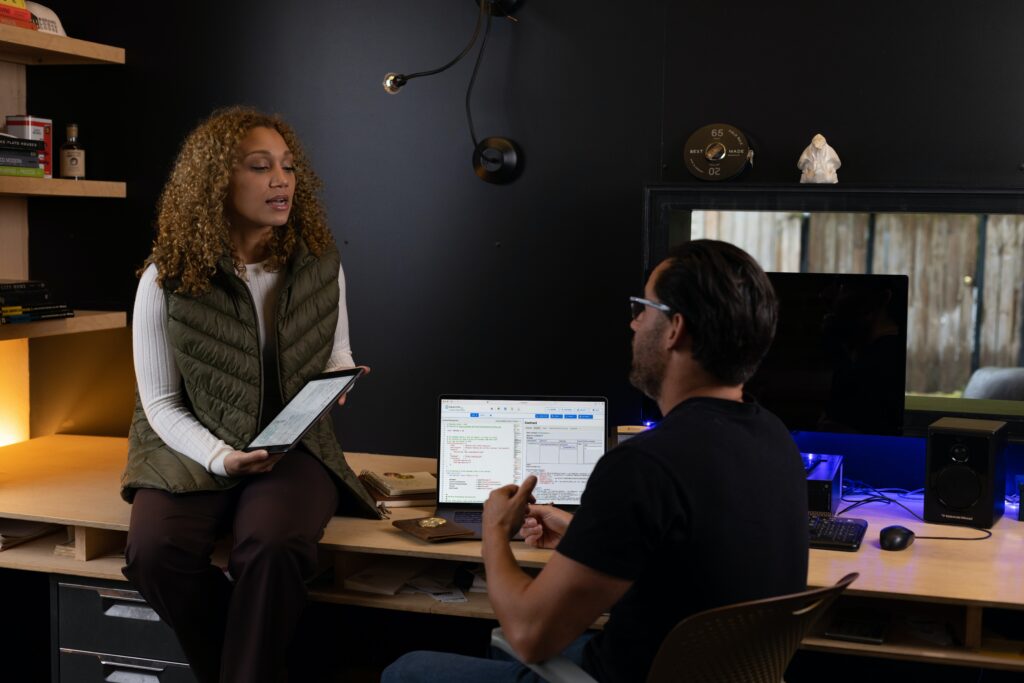Like other assets in your organization, network infrastructure requires continuous monitoring—more so during this era where cyberattacks are frequent. It is therefore essential to have a solid network management system. You can have your internal IT team develop and implement management protocols for the network.
To improve network monitoring, managed service providers can help. An MSP will help you get the most up-to-date technology. Your IT department can create a custom network management system. A combination of these two can help ensure that network infrastructure gets constant monitoring.

MSPs can also be found in other locations. However, it’s vital to get one near you for ease of coordination with your IT team. For example, if you’re in Australia, you can search for MSP AustraliaChoose a service provider that is closest to your needs.
Although it is helpful to use an MSP for network management, your company should still have policies and procedures in place. Here are some tips to help you do this.
- Install an Alert System
Your network operates 24 hours per day. You are also at risk from cyber attacks, which can happen anytime. But you may not always have an IT department available. You can create an alert system so that IT staff can quickly attend to any critical issues.
Even if IT personnel are not on duty, the alert must be active all day. This would help quickly direct the team to where there’s unusual activity. Firewall breach, router workload, access point activity and workstation activity are all examples of alert settings.
- Make an Inventory Checklist for Your System Components
To efficiently carry out network management, you’ll need to know what’s in your possession. It is also important to understand what actions you should take at each moment. There are many components to a network infrastructure. You might forget some. An inventory list can be helpful in ensuring that every detail is covered.
Your inventory can be divided into secondary and primary network components. The core switch can be included on your primary list. This will allow you to create a secondary list that includes everything connected to the switch. This secondary list may include routers, distribution switches and servers.
Include all the software on your system. This includes firewalls, antivirus software, and firewalls. The list can be divided into tasks that you perform daily and those that require regular checks. It can be used by your IT department to keep track of network activity and spot anomalies.
- Pay Attention to Compliance Standards
You need various systems in place to ensure a good management of your network infrastructure. However, you should check whether you’re compliant with privacy and operational regulations while doing so. You could, for example, ensure that the existing system you have and one you create are compliant with HIPAA security and privacy rules. Additionally, as you may need to safeguard external users’ data, compliance with Industry of payment cardsData security standards (PCI DSS), are critical.
Most cases you will be able to have separate systems for monitoring compliance and troubleshooting network problems. It is important to be familiar with the regulation standards as well as what and how often you should monitor.
- Design and Implement a Tracking System
Even though you may have firewalls and antivirus software in place, it’s still essential to monitor the activity and location of every device and user in your network. It is important to set up an automated system for tracking locations and other activities within your network.
Admin credentials can help check who’s logged into the system and from where. This ensures that you can track users’ locations and monitor their activity and how it affects the network’s stability.
You must also make sure you have all addresses for devices that connect to your network. You can have both Control of media access (MAC) and internet protocol (IP) addresses, you can keep tabs on your network’s various devices. This ensures the physical safety of the devices and the network’s cybersecurity.
Combining alerts and tracking can increase your detection of unusual activity in the network. As part of your tracking system, you can establish a perimeter around the network. You can monitor online traffic within your network. This device also detects network intrusions. You can use it to alert you when your device is outside of reach or in an unapproved location.
Conclusion
Your team may be able to report problems with the network within your company. Your IT department may need to take some time to locate the problem. It can lead to revenue loss and wasted time. With the above tips, you can ensure that you proactively and effectively manage your network’s infrastructure, thus avoiding unnecessary downtime.
Enterprise Podcast Network – EPN.
![]()
